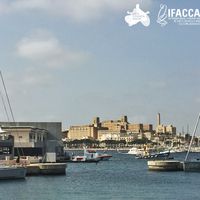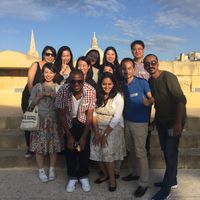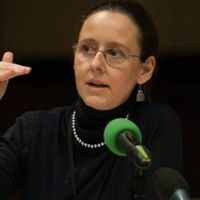7th World Summit on Arts and Culture: Not Cultural Leaders but Leaders!
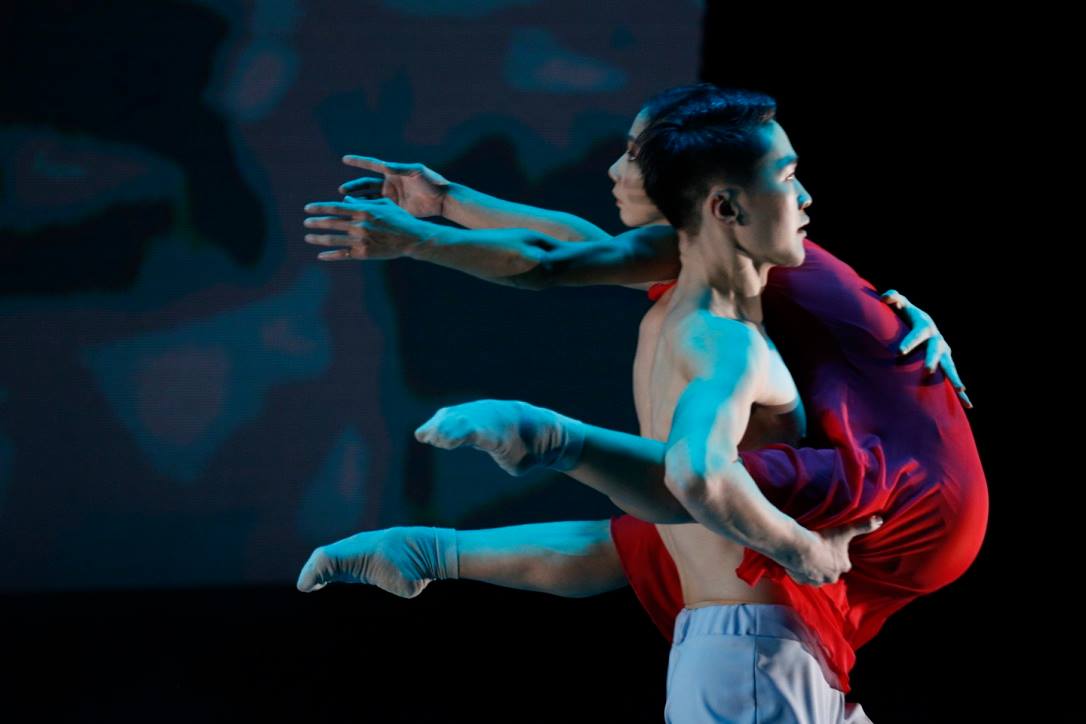 Contributed by: Nomintuya Baasankhuu
Contributed by: Nomintuya Baasankhuu[caption id="attachment_61926" align="alignright" width="336"]
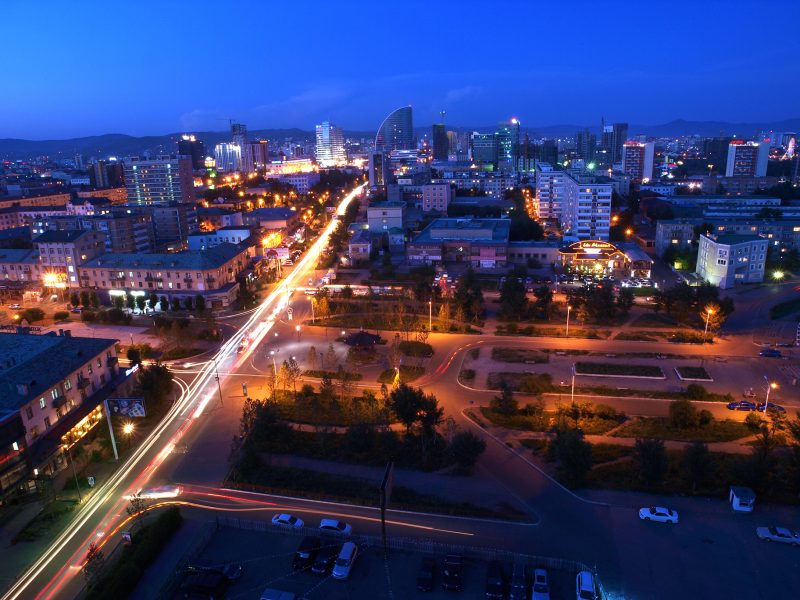 Ulaanbaatar cityscape. Photo credit: Davaanyam[/caption]
Ulaanbaatar cityscape. Photo credit: Davaanyam[/caption]A journey of 4500 miles from Mongolia brought me to Malta for the 7th World Summit on Arts and Culture. The 380 delegates from 90 countries in Europe, the Pacific, North America, Asia, Africa and Latin America, began five days of learning, sharing and more importantly reflecting on what it means to be a cultural leader in the context of Cultural Leadership in 21st Century, this year’s theme. The Summit presented a variety of perceptions on cultural leadership today and where they stand at a crossroads. Some of the opportunities and challenges that the speakers mentioned were universal while others were specific to a particular region, country or even local community.
The city of Valletta, the European Capital of Culture of 2018, and Malta as a country felt like a perfect setting for the Summit, especially given its geographical location between Europe and North Africa and the historical cultural influence of the Phoenicians, Greeks, Romans, and Arabs and later of France and Britain. Whether walking down a city street or through the halls of the Summit, the presence and influence of diverse cultures, dialogues and perspectives was clear. Key discussions were held around how external and internal factors change the way cultural leadership is defined and practiced, how the role of different players is shifting, and how traditional decision-making processes are being challenged.
It was remarked that a lack of interconnection between different initiatives is reducing our collective power to effect change. Keeping that in mind, the delegates highlighted the importance of both collaboration with and the relevance of other sectors. It is clear that an inclusive attitude towards unfamiliar faces and openness to exploring the unknown resources are key factors for moving forward.
With this inclusive and collaborative approach in mind, understanding the importance of reflecting on our local context and engaging with the concept of ‘localization’ maybe the most the important takeaway from the Summit.
Among the many shared definitions of cultural leadership, that of Annick Schramme on the European perspective felt much closer to the current situation of leadership in the Mongolian arts and culture sector. According to Schramme, cultural leadership has changed from being a strong artistic visionary and role model to being a multifaceted entrepreneur who can create social, cultural and artistic value.
[caption id="attachment_61925" align="alignright" width="367"]
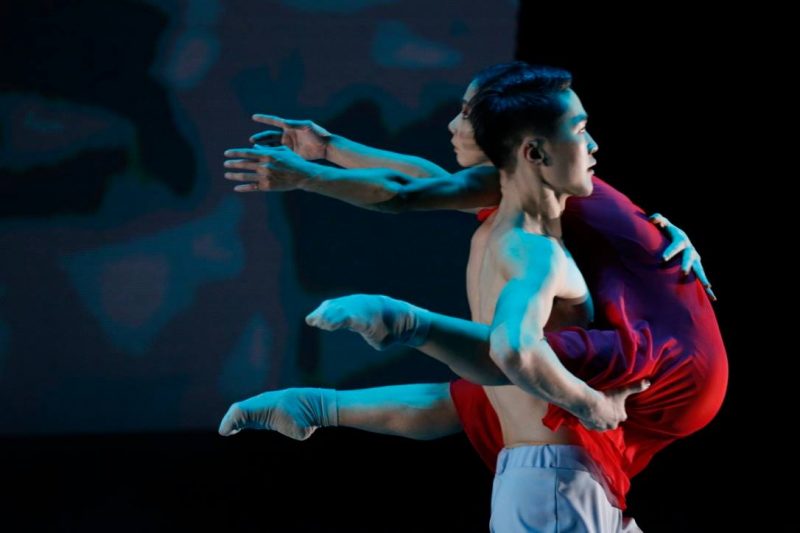 Aquafire contemporary dance production: Dancers Odbayar Batsuuri & Ganchimeg Choijilsuren. Photo credit: Davaanyam[/caption]
Aquafire contemporary dance production: Dancers Odbayar Batsuuri & Ganchimeg Choijilsuren. Photo credit: Davaanyam[/caption]Mongolian conceptions made a similar shift over the past century as European social values penetrated the nation in the 20th century, initially from Russia and later from the other Asian and European countries Mongolia has developed broad political, economic and cultural relationships. The culture policy of 20th century Mongolia was deeply influenced by strong Socialist propaganda, censorship and a centralized funding system leading to a particular definition of cultural leadership. This was associated with the socialist ideal of a realist artistic vision, enlightenment and the idea of the artist as a role model for others. Disciplined artists were decorated for their dedication with medals and awards, which then determined their social status as official cultural leaders, recognized and supported by the state.
Over the last two decades with the emergence of the capitalist economy, democratic values, a decentralized system, no more censorship, more diverse cultural exposure, and a growing of the NGO and private sectors, much has changed. During the first decade of this triple transition of the nation’s social, economic and political systems, Mongolians used to describe their precarious living situation with the saying: “The only item you find on the counter is salt.” With the collapse of the centralized system of state support, cultural leaders were pushed to adopt different strategies as the awards and medals that had defined their social status no longer held the same power.
State-funded arts and culture organizations were left with limited or no support and struggled to co-exist, to share an audience and to compete for resources while new players began to position themselves on the scene.
[caption id="attachment_61924" align="alignleft" width="272"]
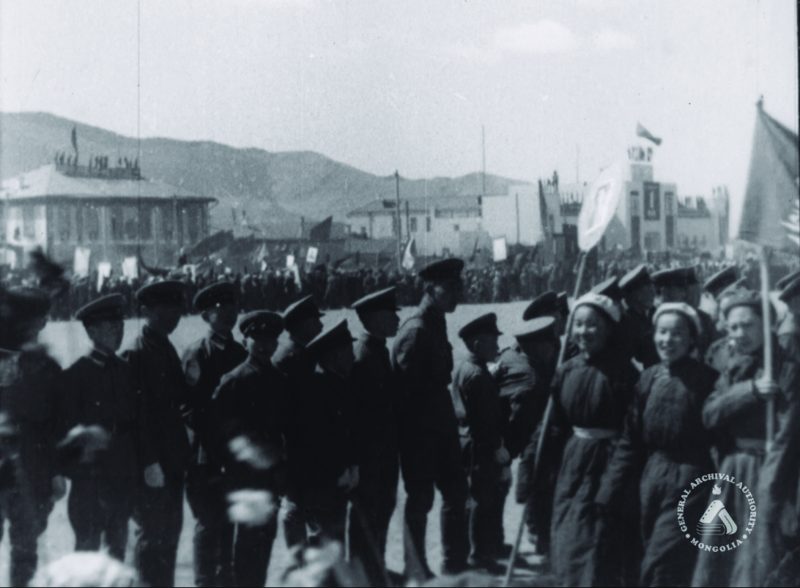 Mongolian Democratic Revolution. Photo credit: Mongolian National Archives[/caption]
Mongolian Democratic Revolution. Photo credit: Mongolian National Archives[/caption]Furthermore, the revival of nationalism, the search for alternative funding opportunities from international and aid organizations, the establishment of a culture of philanthropy, and recently the trend of rural to urban migration have all had profound effects on determining cultural policy of Mongolia today. New players such as arts managers and administrators emerged in the mid-1990s with the first arts management program created at the University of Culture and Arts with the support of the Soros Foundation in Mongolia. The Civil Society Council was established on February 1, 2008 to support relations between the government and civil society and the legislation of this partnership has broken barriers and opened many doors to NGOs.
Inclusiveness of new players in higher-level Working Groups and in the process of decision-making is underway. Although the above are examples of progress towards more inclusive decision-making, the residual instability of certain political and legal frameworks works against inclusiveness and we need to make a change if we are to achieve a better future.
In short, we are not making enough effort to tap into unfamiliar resources and collaborations. There is a clear and urgent need to be open and collaborative and a simultaneous challenge to be responsible not just within our community but regionally and globally.
Situated between Russia and China, the nature of Mongolia’s existence may be seen in between two forces economically, socially and culturally. For instance, while Mongolia has high smartphone usage with over 2 million users (almost 60% of its population) and even more internet users (reaching 2.5 million in June of this year), the advancement of technology and its use threatens our rich cultural heritage. we as a country are constantly battling in this complex context, a situation that requires cultural leaders to develop, as Felipe M. de Leon Jr. said, “…a more profound understanding of the wide range and complex cultural foundations of societies, as well as a clear vision for how to balance the tension between tradition and modernity to forge viable cultural futures.”
Worldwide we are experiencing similar challenges and opportunities with the advance of technology, the Internet and the interdependence and interconnected nature of our existence today. How do we know what fails to exist because of the limits of our imagination and understanding of the world? How do we see beyond what we know? Many leaders, including ourselves who are the cultural leaders, find ourselves locked between the traditional concepts and definitions of Global north vs Global south, nationalism vs. multiculturalism, tradition vs. modernity and old vs. young which blind us to opportunities ahead of us. Maybe it is time for us to redefine ourselves, not as cultural leaders, but simply as ‘leaders’.
[caption id="attachment_61923" align="alignleft" width="261"]
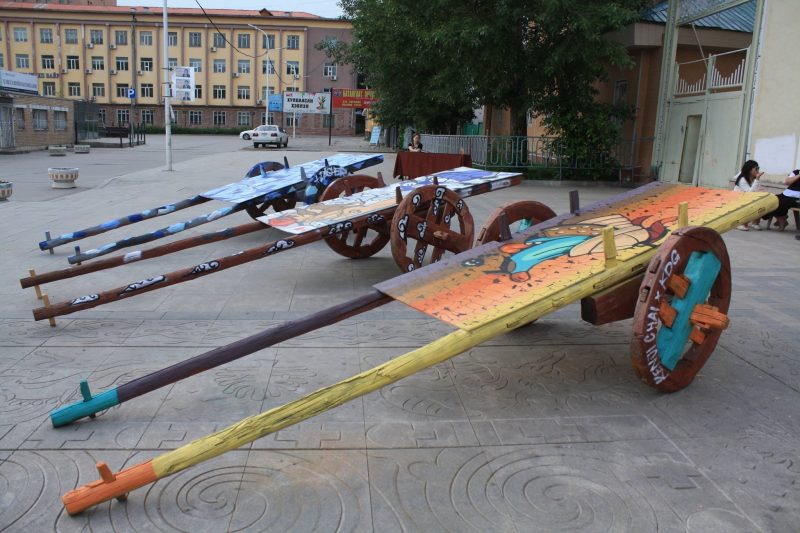 Ulaanbaatar International Media Arts Festival. Photo credit: Arts Council Mongolia[/caption]
Ulaanbaatar International Media Arts Festival. Photo credit: Arts Council Mongolia[/caption]This shift in perspective will help us to tap into a much broader arena of issues and potential solutions. In today’s interconnected world, the culture sector is not separated from the rest of our social, political and economic systems. Recognizing and embracing this fact is the key to being able to make the changes we need to make today in order to bring about the future we wish to see.
Nomintuya Baasankhuu is the Deputy Director of Arts Council of Mongolia. She is a Fulbright scholar and a graduate of Columbia University and The National University of Mongolia. Through her work, Nomintuya promotes the role of arts for sustainable development and cultural diversity for positive social impact.
Similar content
posted on
25 Oct 2016
deadline
05 Feb 2016
18 Oct 2011

